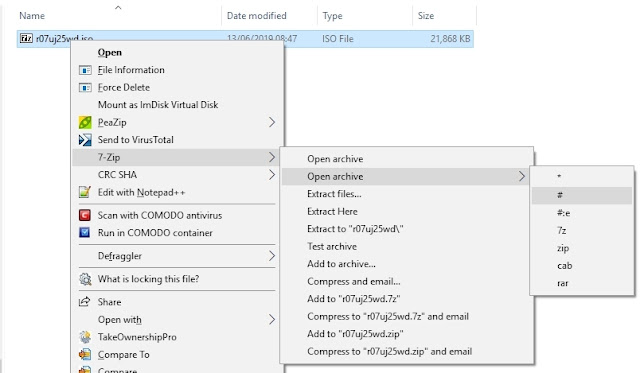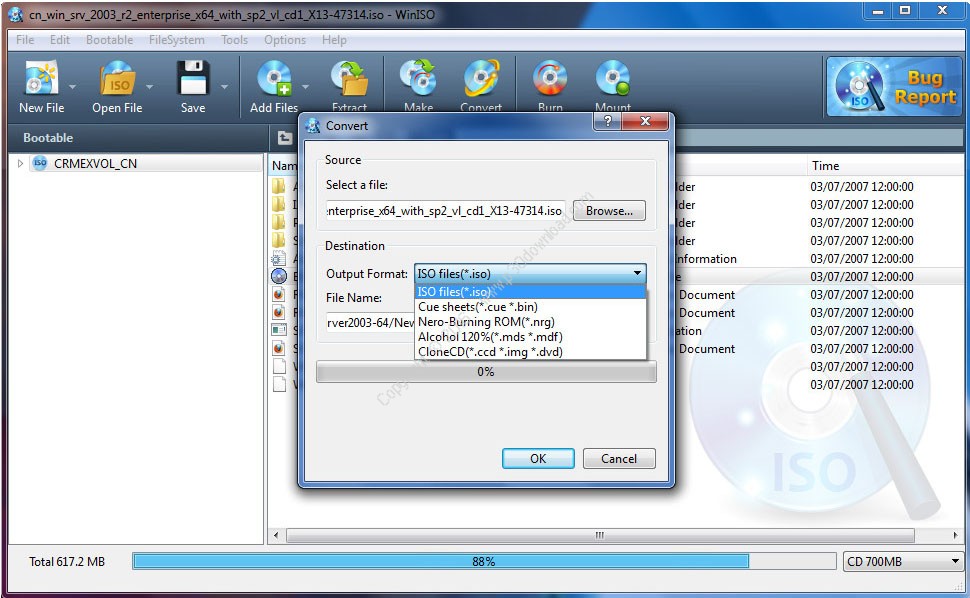

- BOOT.BIF DOWNLOAD DRIVERS
- BOOT.BIF DOWNLOAD MANUAL
- BOOT.BIF DOWNLOAD SOFTWARE
- BOOT.BIF DOWNLOAD CODE
- BOOT.BIF DOWNLOAD DOWNLOAD
This section covers the flow for booting Linux on the target board This chapter will give you several examples with different boot mode configuration.Įxample 9: Booting Linux with JTAG (Slave boot mode, non-secure)Įxample 10: Booting Linux from QSPI Flash (Master boot mode, non-secure) The flowchart in the following figure describes the process used to
BOOT.BIF DOWNLOAD DOWNLOAD
You must download the boot images into the DDR memory before In JTAG boot mode, the CPU enters halt mode immediately after itĭisables access to all security related items and enables the JTAG The slave boot method is always a non-secure mode of booting. Note: The PS CPU remains in idle mode while the boot image An external host computerĪcts as the master to load the boot components into the OCM, DDR or FPGA using a JTAG JTAG can only be used in slave boot mode. Itįinishes booting Linux on the target platform. Root file system, and the device tree from non-volatile RAM to DDR. The U-Boot loads and starts the execution of the kernel image, the Loads and executes the Linux U-Boot image from non-volatile memory to DDR The FSBL does the following:Ĭonfigures the FPGA with the hardware bitstream (if it exists)
BOOT.BIF DOWNLOAD CODE
On-chip ROM code is responsible for loading the first stage boot

The processing system (PS) and it executes on-chip ROM code. The boot process is initiated by one of the Arm® Cortex™-A9 CPUs in
BOOT.BIF DOWNLOAD MANUAL
Refer to the Zynq-7000 SoC Technical Reference Manual In this method, the master boot method is further divided into secure and non-secure Such as QSPI, NAND, NOR flash, and SD cards are used to store boot Images from non-volatile memory into the processor system (PS). In the master boot method, the CPU loads and executes the external boot

The boot method of Zynq®-7000 devices can be categorized into these two groups: This chapter describes the detailed steps of these use cases. In the board bring-up development phase, because the peripherals might not be available yet, boot with JTAG is a common technique for debugging. Sometimes it is necessary to change the boot source to QSPI Flash for its reliability and anti-vibration. SD boot mode is easy to use for development. In previous chapters, you used SD boot mode for all Linux examples.
BOOT.BIF DOWNLOAD SOFTWARE
Vitis Embedded Software Debugging Guide (UG1515) 2021.1.Profiling Applications with System Debugger.
BOOT.BIF DOWNLOAD DRIVERS
Creating Custom IP and Device Drivers for Linux.(Optional) Programning QSPI Flash with the Boot Image Using JTAG.Programming QSPI Flash with the Flash Programming Tool.Making a Linux Bootable Image for QSPI Flash with the Vitis IDE.Making a Linux Bootable Image for QSPI Flash with PetaLinux.Changing boot.scr for image.ub Offset Address and Size.Example 10: Booting Linux from QSPI Flash.Using the HP Slave Port with AXI CDMA IP.Building and Debugging Linux Applications for Zynq-7000 SoCs.



 0 kommentar(er)
0 kommentar(er)
